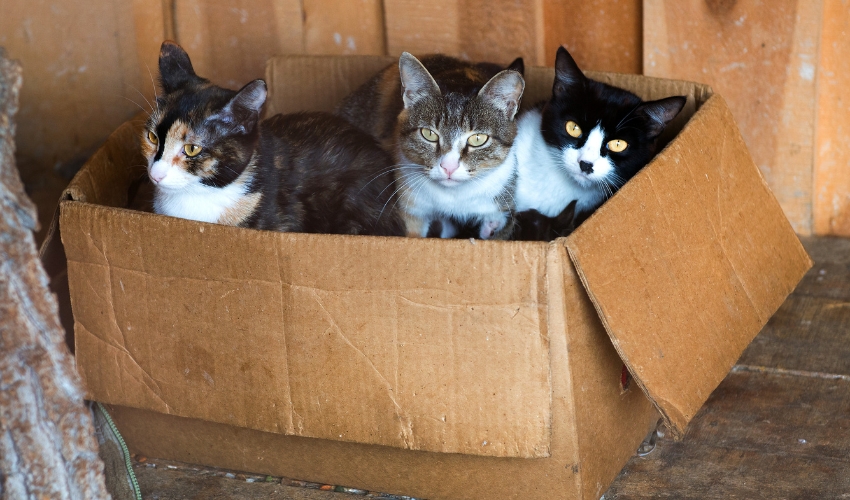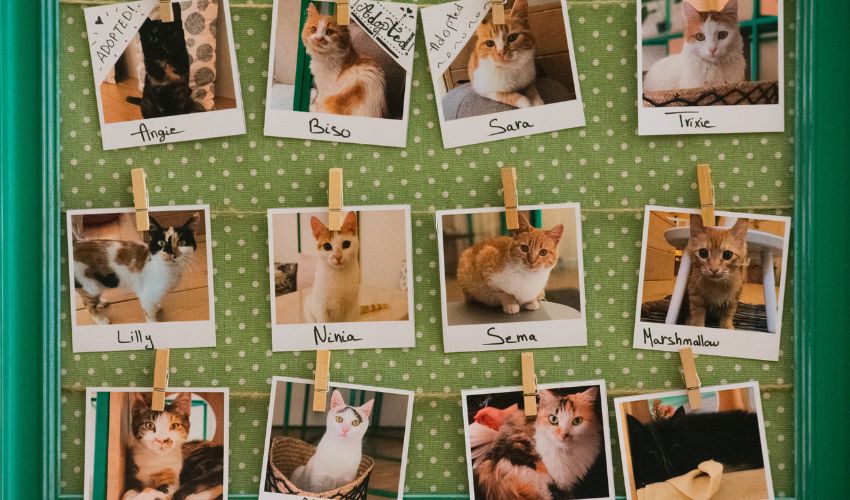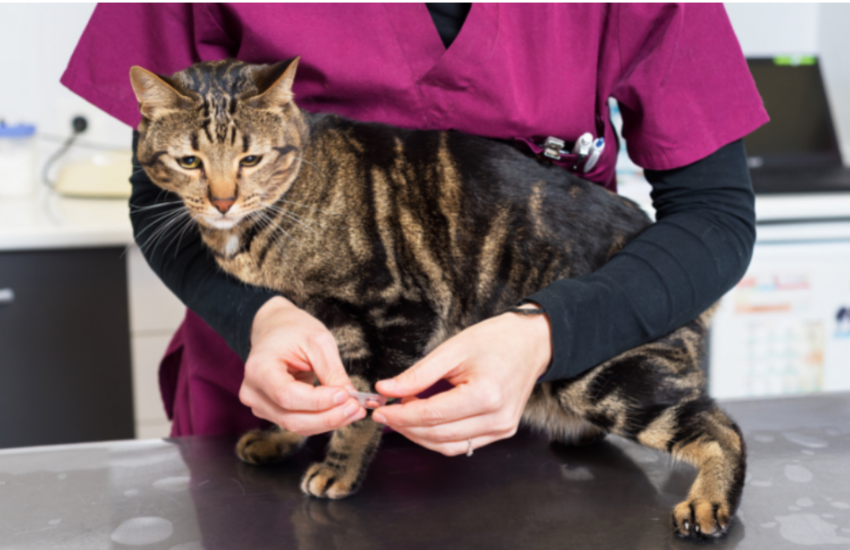In the world of animal welfare, every minute counts. Yet, countless rescues and shelters still spend hours buried in paperwork — juggling spreadsheets, intake forms, and endless email threads.
What if that time could be redirected toward saving more animals?
Animal rescue automation is no longer a futuristic concept; it’s a practical, life-changing solution. By using automated workflows, customized templates, and real-time reporting tools, organizations can move from constant chaos to coordinated impact.

The Struggle Is Real: When Paperwork Gets in the Way of Progress
For many rescues, the workday begins with a flood of forms: surrender requests, foster applications, volunteer updates, medical logs, and adoption follow-ups.
Let’s break down what this looks like in real life:
-
Missed communications: A foster coordinator forgets to email an applicant back because the note was buried in a spreadsheet.
-
Lost paperwork: A physical surrender form goes missing before intake, delaying a pet’s placement.
-
Overwhelmed volunteers: Teams spend more time copying data than connecting animals with homes.
-
Grant struggles: With information scattered across files and emails, compiling accurate statistics becomes a nightmare.
The result? Slower response times, reduced efficiency, and growing frustration. Manual processes may feel familiar, but they’re quietly draining resources that could be better spent saving lives.
What Is Animal Rescue Automation?
Animal rescue automation uses technology to streamline and simplify repetitive shelter operations. Instead of performing manual tasks — like sorting applications, sending updates, or generating reports — automation handles them for you.
It’s not about replacing people. It’s about freeing up people to do more meaningful work.
Platforms like Doobert make this possible through three key components:
-
Customizable Templates – Pre-built forms and data fields for surrenders, adoptions, fosters, and more.
-
Automated Workflows – Task sequences that trigger actions automatically (e.g., sending notifications, updating case statuses).
-
Tailored Reporting – Real-time insights and exportable data summaries for grant applications, board meetings, and donor updates.

From Paper Chaos to Cloud Clarity: A Common Shelter Scenario
Let’s look at a day inside a small but busy rescue group. A volunteer named Mia manages the owner surrender program. Each morning, she opens her inbox to find dozens of inquiries. She downloads attachments, prints forms, scans them after completion, and manually updates a spreadsheet of pending cases.
Hours later, she finally forwards details to the foster team — only to discover that two volunteers already took in similar cases because the spreadsheet wasn’t updated in real time.
This cycle repeats daily. It’s stressful, inefficient, and unsustainable.
Now, picture the same process with Doobert’s automation tools:
-
The surrender request is submitted through a digital form customized for Mia’s rescue.
-
The system automatically creates a case file and sends an alert to the foster coordinator.
-
Each case moves through an automated workflow, triggering updates, reminders, and follow-ups at every stage.
-
Reports are auto-generated weekly, giving Mia clear data on intake trends and outcomes.
What once took hours now happens in minutes — and animals find homes faster.

How Automation Transforms Every Aspect of Rescue Operations
1. Templates That Standardize and Simplify
Instead of starting from scratch with every new case, shelters can use Doobert’s ready-to-use templates to collect consistent data for surrenders, fosters, and adoptions.
These templates are customizable, ensuring that your organization gathers exactly what it needs — no more missing information or mismatched formats.
2. Workflows That Do the Heavy Lifting
When a foster signs up or a pet is surrendered, Doobert’s automated workflows can instantly:
-
Assign tasks to volunteers
-
Notify medical staff for vet checks
-
Update the foster roster
-
Trigger follow-up reminders
It’s like having an invisible operations assistant that never forgets or misplaces a form.
3. Reporting That Powers Better Decisions
Data shouldn’t be a headache. With Tailored Reporting, rescues can view live metrics on adoptions, intakes, medical outcomes, and volunteer activity — all in one dashboard.
This not only saves time but also strengthens transparency and trust with donors, boards, and communities.
Real-Life Impact: The Story of “Safe Haven Animal Rescue”
Before automation, Safe Haven Animal Rescue used shared spreadsheets to track more than 40 active foster cases. Volunteers constantly mixed up medical records, intake notes, and adopter details.
After switching to Doobert’s platform:
-
Every foster and intake had its own digital case file.
-
Workflow automations ensured updates were logged in real time.
-
Reporting helped the rescue identify which types of animals stayed longest and adjust outreach accordingly.
Within six months, they cut administrative time by over 60% and increased successful adoptions by 25%.
As their director put it:
“We’re finally spending less time managing data and more time managing lives.”
The Ripple Effect of Animal Rescue Automation
Automation doesn’t just save time — it transforms how organizations work and grow:
-
Faster animal placements: Real-time coordination connects fosters and adopters quickly.
-
Reduced burnout: Volunteers stay engaged when repetitive tasks are minimized.
-
Increased transparency: Automated reports help with fundraising, grants, and community trust.
-
Better decision-making: Consistent data reveals trends that help improve programs.
In essence, automation helps rescues and shelters scale compassion without scaling chaos.
The Future of Animal Rescue Operations
As more organizations embrace technology, animal rescue automation is becoming a defining factor of long-term success.
By integrating smart workflows and real-time reporting, shelters can anticipate needs, track outcomes, and respond faster to animals in crisis.
With Doobert’s plug-and-play programs, rescues can:
-
Launch fully functional systems without starting from scratch
-
Customize templates for specific programs (like Owner Surrender, Spay & Neuter Clinics, or Pet Food Assistance)
-
Receive hands-on training and rapid support from Doobert’s expert team
It’s the modern way to manage animal welfare — with heart and efficiency working side by side.
Ready to Move from Paperwork to Progress?
If your team is spending more time managing files than managing lives, it’s time to embrace animal rescue automation.
Sign up or log in to Doobert and explore how our templates, workflows, and reporting tools can simplify your operations, empower your volunteers, and save more animals — one automated task at a time.











